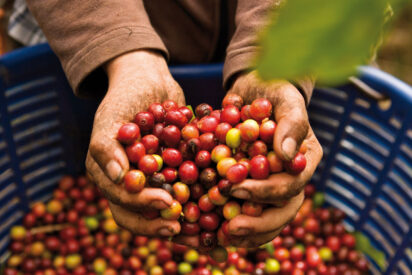As in previous years, the majority of exports went to EU countries, which accounted for 70 per cent of the total.
According to foreign trade statistics from Finnish Customs, Finland exported food products worth € 2.3 billion in 2024. Compared to 2023, the value of food exports increased by 5 per cent, while export volumes rose by 18 per cent. The growth was driven by products such as alcoholic beverages, butter, oats, and chocolate.
In 2024, dairy products were Finland’s largest food export category, totaling nearly € 480 million. Other key categories included alcoholic and soft drinks (€ 274 million), fresh and processed fish (€ 235 million), meat products (€ 181 million), cereals (€ 157 million), and confectionery (€ 155 million).
Food exports to Sweden increased significantly in 2024, reaching nearly € 470 million. Estonia remained the second-largest export destination (€213 million), followed by Germany (€158 million).
Other notable markets included the Netherlands (€ 117 million), Poland (€ 117 million), Denmark (€ 115 million), and France (€ 111 million). Exports to China remained stable at around € 90 million, the same level as in 2023.
Imports also increased
The food trade balance (exports minus imports) remained negative in 2024, at € 3.5 billion. Food imports to Finland grew by 3 per cent and totaled € 5.9 billion. The most imported categories were alcoholic and soft drinks, fresh and processed fish, and various other foodstuffs such as pasta, coffee and tea preparations, spices, and sauces.
Concerns over escalating trade disputes
Potential tariffs on food products by the United States, China, and the EU are causing concern in Finland. Such tariffs would hamper exports and create uncertainty within the EU internal market.
The EU is the world’s largest food exporter, and if its exports were to slow down, alternative markets would need to be found. A trade war involving food products between China, the US, and the EU would bring instability to the markets. Oversupply in the EU internal market could even lead to a surge in food imports to Finland.
Further information






